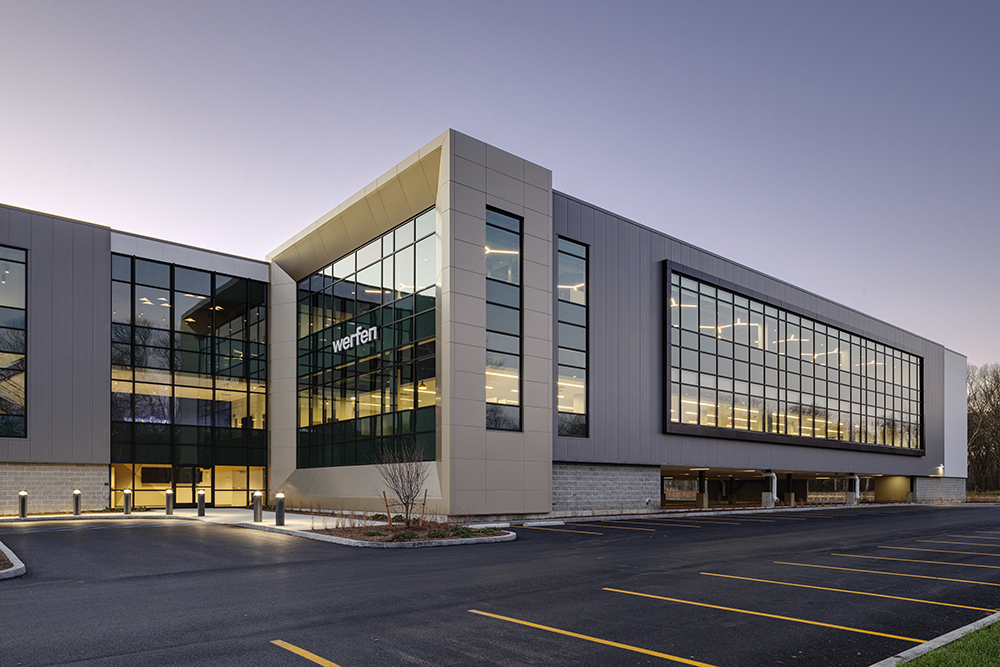Construction opportunities in the Inflation Reduction Act - by Benson Theuninck

The recently signed Inflation Reduction Act of 2022 is built on a combination of tax and Medicare revenue raisers and includes wide-ranging energy incentives now affecting construction and real estate activity from private homes to commercial and industrial facilities. Highlights of the Act include:
• A 15% corporate minimum tax is a key revenue raiser but is limited to roughly 200 ultra-high-income U.S. corporations having average financial earnings over $1 billion. For these businesses, the minimum tax sets a floor on corporate tax liabilities at 15% of financial statement income.
• An initiative that authorizes the U.S. Department of Health and Human Services to directly negotiate Medicare drug pricing with pharmaceutical companies, effectively allowing a price break to government. Though not directly affecting real estate projects, drug companies forced to charge the government less might seek to charge private insurers more, conceivably upping some private health insurance costs.
• An increase in IRS funding by more than $80 billion (a sizable figure, even by government standards), much being for enhanced tax enforcement. Contractors, developers, and building owners may experience an increasing number of audits and IRS correspondence, targeted to individuals with more than $400,000 of income. It is uncertain how the IRS will pursue this target for pass-through entities owned in part by individuals below the target income level.
Energy security is the heart of this legislation, with many provisions bearing on real estate demand and emerging technologies. These include new, extended, or enhanced incentives for responsible energy investment. Expect these to affect real estate project design and construction with enticements such as:
• Extension of the electricity production tax credit rate of 1.5 cents per kilowatt-hour for construction projects beginning before January 1, 2025.
• Unprecedented tax credits for some new or used electric vehicle (EV) purchases at $7,500 and $4,000, respectively, per vehicle. Although these credits may incentivize EV purchases, there is no mechanism for shoring up the Highway Trust Fund, traditionally supported with gas tax revenues.
• The many incentives for solar, wind, and other energies may motivate new construction projects with $30 billion tagged for expenditures through the energy production tax credit.
• Commercial energy efficiency is promoted through an enriched Section 179D benefit, which offers accelerated depreciation deductions for building owners or, in the case of government buildings, the energy efficiency designers. Rates and thresholds under 179D are increasing in scope and complexity.
• Section 45L credits for new energy-efficient homes are also being reformed and enhanced. Energy-efficient new home credits are now extended through 2032 and also increased from $2,000 per unit before the Act to potentially $5,000 per unit after, depending on dwelling efficiency.
• Tax credits for energy efficiency improvements by homeowners are also increased and likely to motivate energy-focused improvements to private homes and residential structures.
• Some of these credit provisions may impose prevailing wage and apprenticeship requirements.
• Investors should note a new limited opportunity to transfer some credits to unrelated parties in a cash sale, increasing the monetary benefits these credits provide.
The Inflation Reduction Act introduces business incentives that could motivate future construction projects. Expect more real estate projects to be adding a variety of clean energy, energy efficiency, water conservation, and other technology infrastructure enhancements. Work with your financial advisor to evaluate your emerging real estate improvement projects for these new tax saving opportunities.
Benson Theuninck is principal at CliftonLarsonAllen (CLA), Minneapolis, MN.
The information contained herein is general in nature and is not intended, and should not be construed, as legal, accounting, investment, or tax advice or opinion provided by CliftonLarsonAllen LLP (CliftonLarsonAllen) to the reader. For more information, visit CLAconnect.com.
CLA exists to create opportunities for our clients, our people, and our communities through our industry-focused wealth advisory, digital, audit, tax, consulting, and outsourcing services. CLA (CliftonLarsonAllen LLP) is an independent network member of CLA Global. See CLAglobal.com/disclaimer. Investment advisory services are offered through CliftonLarsonAllen Wealth Advisors, LLC, an SEC-registered investment advisor.
Newmark negotiates sale of 10 Liberty Sq. and 12 Post Office Sq.


Four tips for a smooth 1031 Exchange - by Bill Lopriore

Five ways to ruin a Section 1031 Like-Kind Exchange - by Bill Lopriore

How COVID-19 has impacted office leasing - by Noble Allen and John Sokul








